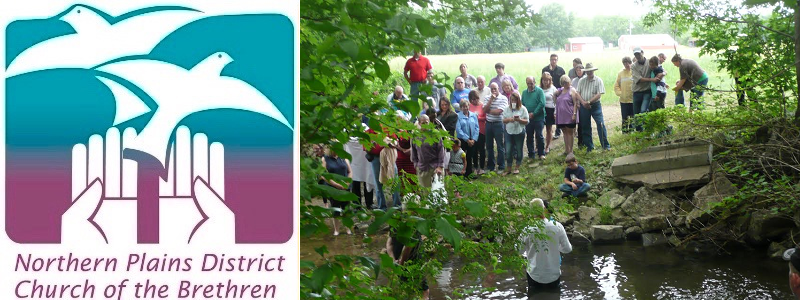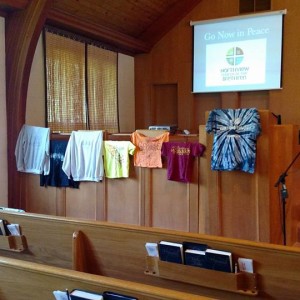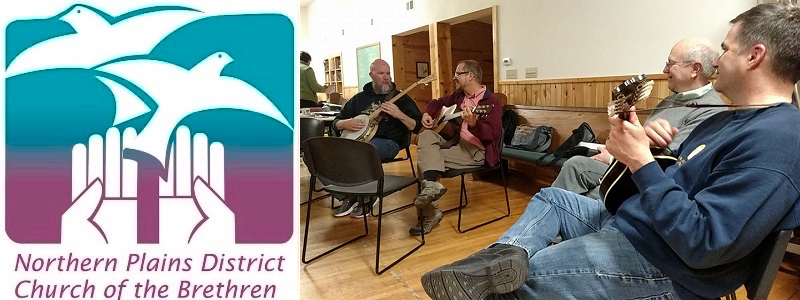District News & Announcements – June 2016
District News & Announcements
June 2016
In this issue
- Marjorie Smalley (1938 – 2016)
- Message from the Moderator
- Access District Conference Resources on our Website
- Get Ready for the District Conference Auction!
- District Conference Announcements
- Annual Conference Announcements
- Leadership Development Musings
- Holiness in our Midst
- District Heritage Bus Tour Aug 7-14, 2016
- Did You Know: The Story of the Heifer Project
- Financial Secretary Reminder
- Breaking Bread with Elizabeth Ripley
Calendar of Events | District Staff & Leadership Contacts | Documents & Resources
Banner photo: South Waterloo’s creek baptism event last summer; photo by Barb Miller. Send in your photos for future newsletters! Email communications@nplains.org.






